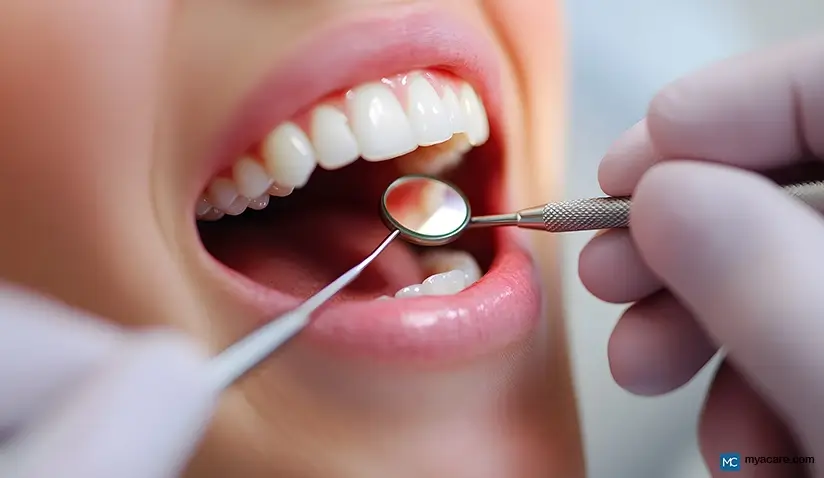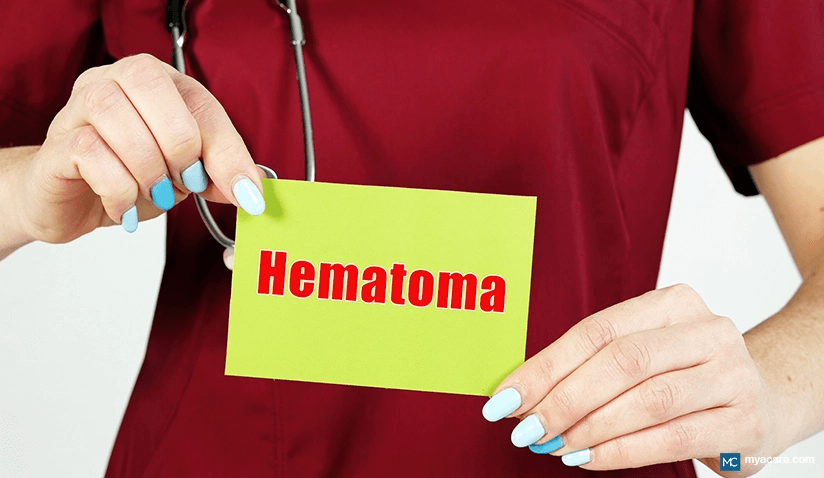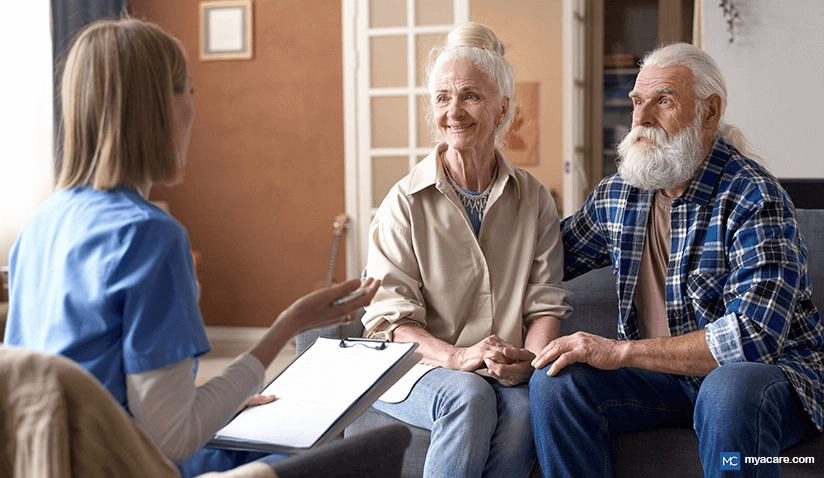Understanding Novids: Why Some People Never Got Infected

NOVID is a term used to refer to a person who has never shown a positive COVID-19 (SARS-CoV-2) test result, even though they may have been in a high-risk environment. The term super dodger is also sometimes used to refer to individuals who never test positive for COVID.
It is difficult to know for sure the percentage of people who have not had COVID-19, but a study in Spain published in 2024 stated that about 47.8% of 1,051 adults surveyed had not been infected as of September 2022. According to reports, between early 2020 and November 2021, about 44% of the global population had been infected with COVID.
In this article, we examine why some people remain uninfected and what this may reveal about immunity and disease resistance. Research into genetics and immune responses could lead to the development of new therapies for COVID-19.
Who Are NOVIDs?
Here are the common characteristics observed in individuals considered as NOVIDs:
- Consistent negative COVID tests over time.
- Multiple exposures but no infection. Despite being in a high-risk environment, some individuals still do not contract the virus.
- Certain people may have innate immune advantages or rare genetic traits that help fight off the virus quickly. The innate immune system is the first system to attack the COVID-19 virus. There are variations of genes that affect immunity and potentially protect against COVID-19.
It is also possible that NOVIDs aren’t always necessarily "immune" but may have just been extremely careful or fortunate in avoiding infection.
Scientific Interest in NOVIDs
Studying NOVIDs can provide insights into how the body might be capable of overcoming the COVID-19 virus before it takes hold. Researching traits of those who never had COVID-19 is crucial, considering the global impact the pandemic had.
The COVID Human Genetic Effort is a consortium that aims to investigate the genetics and immunology of various COVID strains, including what makes some individuals more likely to have severe illness. This project is also a NOVID research study that looks into gene variants that allow some people to be resistant to COVID.
Possible Explanations for NOVID Status
There are several possible reasons why some people do not get COVID when exposed. These are discussed below.
- Strong innate immune responses. Individuals who rapidly cleared COVID might be those with a robust innate immune response rather than a widespread response.
- Pre-existing cross-reactive T-cells. Certain patterns among activated T cell receptors were also found in people who avoided infection. T cells are a type of immune cell that play a crucial role in combating the COVID-19 virus.
- Genetic factors. Research into genetic factors may lead to treatments that work by targeting genes. Some studies have shown that the virus does not easily take hold in individuals with high levels of the HLA-DQA2 gene; this gene is involved in the immune response. Research using molecular screening techniques has shown that host genes linked to COVID-19, such as TYK2, TNF, IL6, and JAK1 may be therapeutic targets. Another gene, IFNAR2, was found to be associated with severe COVID-19. This gene, along with others that may be involved in the susceptibility or prognosis of COVID-19, was investigated.
- Possibility of asymptomatic or very mild infections. Some people either had very low levels of infection or none at all, suggesting that the body was able to eliminate the virus very quickly and effectively.
- Behavioral factors. Lifestyle factors may have influenced the risk of infection with COVID-19. Individuals in better general health were found to be less likely to contract the infection. Preventive measures like avoiding close contact with infected individuals, wearing masks, and steering clear of crowded places may have also contributed to lowering the risk of infection.
- Environmental factors. Environmental factors such as poor air quality can increase the incidence and mortality rate of COVID-19 in a population. Chemical exposure is thought to also make people more susceptible to infection, although more evidence is needed regarding this. This is because exposure to chemicals may weaken the immune system, making it harder for people to fight off a virus like COVID-19.
- Climatic factors. Relative humidity, temperature, and sunlight may impact transmission rates by affecting viral survival. Survival of the virus in lab experiments was higher at lower temperatures.
- Lack of confirmed exposure. It can sometimes be difficult to ascertain if a person has been exposed to the virus, so their NOVID status may be because they simply have not come into contact with an infected person, rather than remaining uninfected despite being exposed.
- People with blood type O. Research has indicated that people who have blood type O are less likely to get COVID. This is thought to be related to the anti-A and anti-B antigens of this blood type, which may help block the virus from attaching to host cells.
Factors that may have contributed to infection:
- Gut microbiome composition has been linked to viral susceptibility. Certain gut microbes provide protection from COVID-19, while others increase susceptibility.
- Role of the ACE2 receptor. The angiotensin-converting enzyme 2 (ACE2) is a receptor found on cells, particularly in the lining of the lungs and small intestine. ACE2 is a protein that serves as the binding site for the virus. Males have more of these receptors than females, which is possibly why males have a higher infection rate. Binding to the ACE2 receptor allows the virus to enter the host cell.
Lessons from Other Diseases
Research into other infectious diseases may provide insights into how to tackle COVID-19 infections, which will be crucial for public health.
- HIV - The CCR5-Δ32 genetic mutation helps protect against HIV, and there is evidence it may protect against COVID-19 as well. However, further research is needed to ascertain whether the mutation is beneficial in reducing the risk of COVID-19 and the severity of illness.
- Malaria - The sickle cell trait (which has protective effects against severe Malaria) affects blood cells under certain conditions, leading to increased clotting, which could make COVID-19 illness worse in those who are affected. Individualized care is recommended for people with this trait, since some studies suggest that this gene may worsen COVID-19 in affected individuals. However, more research is needed to establish if there is a direct link between the sickle cell trait and COVID-19 severity.
- Norovirus - The FUT2 gene mutation seems to impact the gut microbiome, which indirectly may influence susceptibility to viral infections. FUT2 may be a useful susceptibility marker for COVID-19, but further research is needed to confirm this.
Precautionary Steps and Current Treatments
COVID vaccines help your immune system recognize and fight off the virus if you get infected. Vaccines also help decrease the likelihood of severe illness.
These vaccines are administered under medical supervision and in accordance with guidelines issued by national and international health authorities.
Paxlovid is an oral antiviral that can help in some cases of COVID-19 infection because it affects a specific protein that the virus needs. Remdesivir is another antiviral that is administered through an IV line. This medication is used against other viruses; it works by affecting the RNA polymerase, the enzyme needed for the virus to copy itself. Lagevrio is another oral medication that can be taken to treat COVID. It helps stop viral replication.
Implications for COVID-19 Research and Beyond
- Support the discovery of antiviral drug targets. Identifying the genes of people resistant to COVID can help lead to new drug development. The discovery of a molecule CIM-834 which targets the membrane protein of COVID, helping halt the virus from assembling, may lead to the development of novel medications for treating COVID.
- Improve vaccine design. COVID has new mutations that raise the concern that current vaccines may be less effective over time. This means that research into vaccine design should continue.
- Enhance understanding of population-level resistance. Predicting future outcomes and the level of population resistance to COVID-19 remains challenging, especially since the virus continues to mutate, producing different variants. It is thought that COVID-19 may become a seasonal illness, similar to influenza, but could also become endemic. Herd immunity and widespread vaccination may prevent another severe pandemic in the future.
- Recognize the limitations of self-reported COVID status. It can be challenging to determine whether people really have or have not had COVID.
- Understand differences in test accuracy. At-home rapid antigen tests may not be as accurate as a PCR test, and there is a higher chance of false negatives with at-home tests. At-home tests were correct in about 79% of cases in identifying those who had the virus. Accuracy improves depending on when the test is taken. People who take the test 3 days after symptoms show are more likely to get an accurate result. PCR tests are more accurate, correctly diagnosing COVID in 97% of people.
- Consider ethical and scientific cautions. The ethics of research into COVID and potential treatments needs to be considered. Regulation and oversight are needed to ensure ethical and scientifically valid research is done.
To search for the best doctors and healthcare providers worldwide, please use the Mya Care search engine.

Dr. Rae Osborn has a Ph.D. in Biology from the University of Texas at Arlington. She was a tenured Associate Professor of Biology at Northwestern State University, where she taught many courses to Pre-nursing and Pre-medical students. She has written extensively on medical conditions and healthy lifestyle topics, including nutrition. She is from South Africa but lived and taught in the United States for 18 years.
References
Featured Blogs



